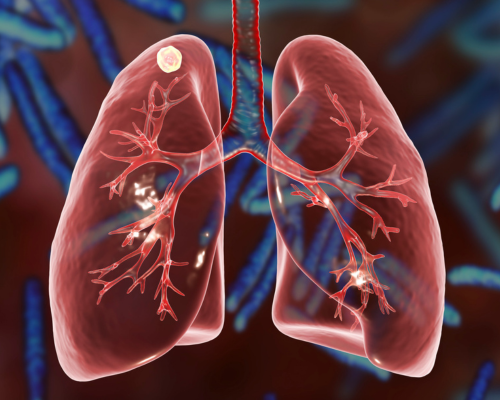Infectious Disorders

Infectious diseases can be caused by many pathogens, including bacteria, viruses, fungi, and parasites that may cause illness and disease. For humans, transmission of pathogens may occur in a variety of ways: spread from person-to-person by direct contact, water or foodborne illness or aerosolization of infected particles in the environment and through insects (mosquitoes) and ticks.
Signs and symptoms and treatment of infectious diseases depend on the host and the pathogen.
How common are infectious diseases?
Infectious diseases are extremely common worldwide. Some infectious diseases are more
common than others.
What are the symptoms of infectious diseases?
Symptoms of infectious disease are particular to the type of disease. For example, symptoms of influenza include:
- Fever
- Chills
- Congestion
- Fatigue
- Muscle aches and headache
Other infectious diseases, such as Shigella, cause more serious symptoms, including:
- Bloody diarrhea
- Vomiting
- Fever
- Dehydration (lack of fluid)
- Shock
You may experience one or several symptoms of an infectious disease. It’s important to see a doctor if you have any chronic (ongoing) symptoms or symptoms that get worse over time.
Urinary Tract Infections (UTIs)
Urinary Tract Infections (UTIs) are common infections that happen when bacteria, often from the skin or rectum, enter the urethra, and infect the urinary tract. The infections can affect several parts of the urinary tract, but the most common type is a bladder infection (cystitis). Kidney infection (pyelonephritis) is another type of UTI.
